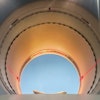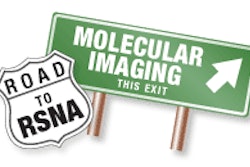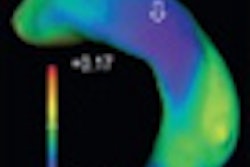Sunday, November 28 | 11:45 a.m.-11:55 a.m. | SSA18-07 | Room S505AB
With the help of FDG-PET, researchers at the University of Erlangen-Nürnberg in Germany are detecting vasculitis and vascular stent graft/prosthesis infection in patients for whom other cross-sectional imaging modalities are not as effective."FDG-PET gives functional information compared to CT and MRI, which only provide morphologic information," said lead study author Sedat Alibek, MD, from the department of radiology. "What we found in our study is you can detect changes, such as vasculitis and/or prosthesis and stent graft infection in FDG-PET by FDG uptake in the wall, which is explained by an inflammatory process and high turnover and consumption of FDG, even when there is no change in the morphology of the wall."
The retrospective database search of cases at the university from January 2006 to April 2010 found 13 patients who underwent a PET/CT scan. In addition, patients received either noncontrast-enhanced, low-dose CT scans; noncontrast-enhanced diagnostic CT scans; or MR angiography, if vasculitis was suspected. A contrast-enhanced diagnostic CT scan was performed in cases of fever of unknown origin.
In all 13 patients, FDG-PET results were positive for vasculitis or vascular stent graft and/or prosthesis infection with standardized uptake values ranging from 3.4 to 17.1, with a mean of 7.0.
By comparison, MR angiography found only one case that suggested vasculitis in the six cases the modality examined. CT was conclusive in two of 13 exams, regardless of contrast administration.
"This means that you will definitely miss pathology process in CT and MRI in this specific patient population, if you do not use FDG-PET," Alibek said. "If you use FDG-PET, you diagnose this specific finding and start accurate therapy immediately."
Alibek and his colleagues plan to continue their research by studying the negative predictive value of FDG-PET. "The question is: If we do not find any pathology in FDG-PET, how sure can we be with our report in terms of negative predictive values, and are there any cases where FDG-PET is negative but CT or MRI is positive?" he said.




















